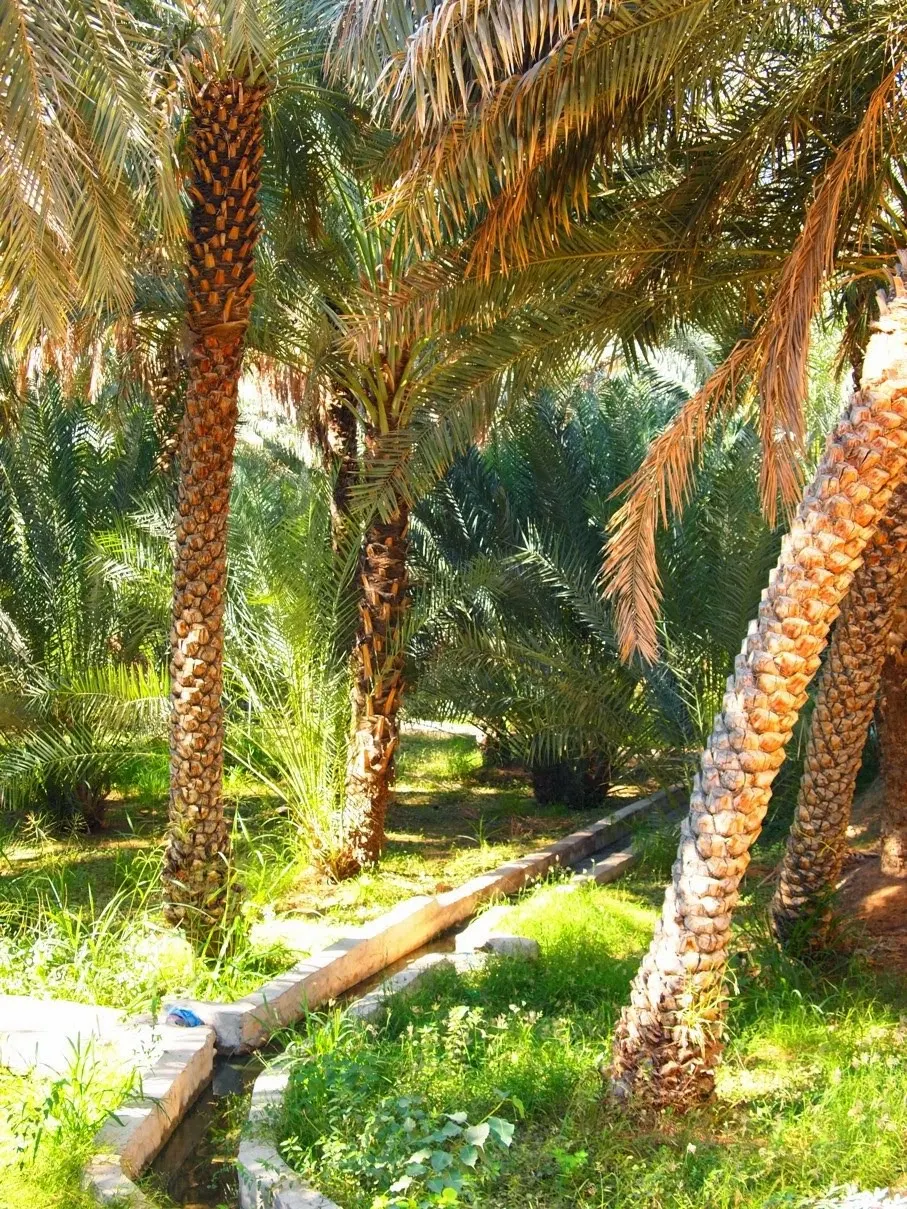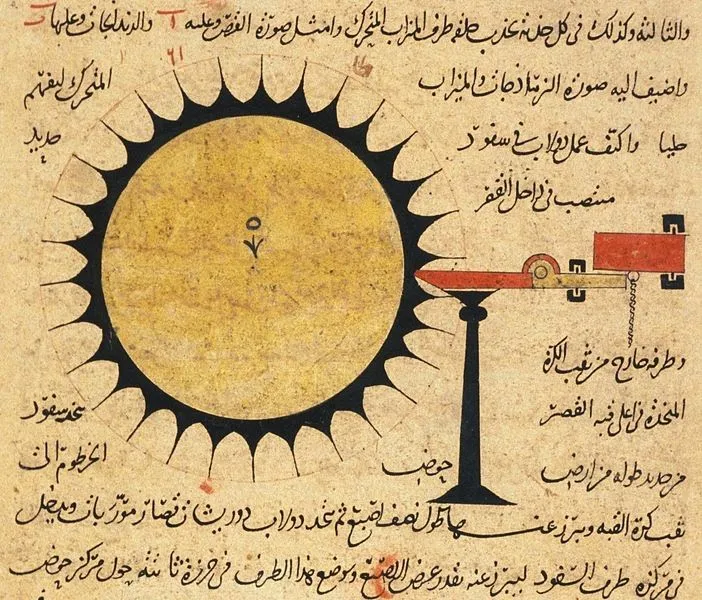By Liliana Usvat
Blog179-365
In the early part of the first millennium B.C., Persians started constructing elaborate tunnel systems called qanats for extracting groundwater in the dry mountain basins of present-day Iran. Qanat tunnels were hand-dug, just large enough to fit the person doing the digging. Along the length of a qanat, which can be several kilometers, vertical shafts were sunk at intervals of 20 to 30 meters to remove excavated material and to provide ventilation and access for repairs.
The main qanat tunnel sloped gently down from pre-mountainous alluvial fans to an outlet at a village. From there, canals would distribute water to fields for irrigation. These amazing structures allowed Persian farmers to succeed despite long dry periods when there was no surface water to be had. Many qanats are still in use stretching from China on the east to Morocco on the west, and even to the Americas.

General Schematic for a Qanat.
(1) Infiltration part of the tunnel
(2) Water conveyance part of the tunnel
(3) Open channel
(4) Vertical shafts
(5) Small storage pond
(6) Irrigation area
(7) Sand and gravel
(8) Layers of soil
(9) Groundwater surface
Here is an example of an air condition system using underground water.
Blog179-365
In the early part of the first millennium B.C., Persians started constructing elaborate tunnel systems called qanats for extracting groundwater in the dry mountain basins of present-day Iran. Qanat tunnels were hand-dug, just large enough to fit the person doing the digging. Along the length of a qanat, which can be several kilometers, vertical shafts were sunk at intervals of 20 to 30 meters to remove excavated material and to provide ventilation and access for repairs.
The main qanat tunnel sloped gently down from pre-mountainous alluvial fans to an outlet at a village. From there, canals would distribute water to fields for irrigation. These amazing structures allowed Persian farmers to succeed despite long dry periods when there was no surface water to be had. Many qanats are still in use stretching from China on the east to Morocco on the west, and even to the Americas.

General Schematic for a Qanat.
(1) Infiltration part of the tunnel
(2) Water conveyance part of the tunnel
(3) Open channel
(4) Vertical shafts
(5) Small storage pond
(6) Irrigation area
(7) Sand and gravel
(8) Layers of soil
(9) Groundwater surface
Here is an example of an air condition system using underground water.
I found some old documents 600 years old of water systems used in Middle East that I found fascinating.
Here is an example of garden realized with these type of hydraulic systems. Alhambra Garden in Spain





















Hello there, just became alert to your blog through Google, and found
ReplyDeletethat it's really informative. I am going to watch out for
brussels. I will be grateful if you continue this in future.
Numerous people will be benefited from your writing.
Cheers!
My webpage bing.com
My forest project is going to have 365 entries. Them I am going to publish books on this subject.
Delete